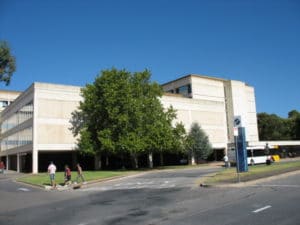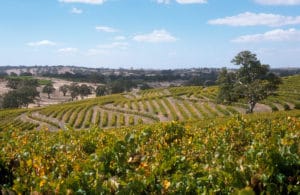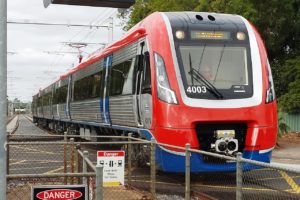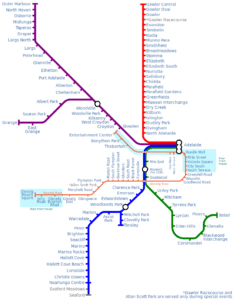
The principal industries and exports of South Australia are wheat, wine and wool. More than half of Australia’s wines are produced in the South Australian wine regions which principally include: Barossa Valley, Clare Valley, McLaren Vale, Coonawarra, the Riverland and the Adelaide Hills.
Economy:
South Australia’s largest employment sector is health care and social assistance, surpassing manufacturing in SA as the largest employer since 2006–07. In 2009–10, manufacturing in SA had average annual employment of 83,700 persons compared with 103,300 for health care and social assistance. Health care and social assistance represented nearly 13% of the state average annual employment.

The retail trade is the second largest employer in SA (2009–10), with 91,900 jobs, and 12 per cent of the state workforce.
The manufacturing industry plays an important role in South Australia’s economy, generating 11.7% of the state’s gross state product (GSP) and playing a large part in exports. The manufacturing industry consists of automotive (44% of total Australian production, 2006) and component manufacturing, pharmaceuticals, defense technology (2.1% of GSP, 2002–03) and electronic systems (3.0% of GSP in 2006). South Australia’s economy relies on exports more than any other state in Australia.

South Australia’s economy includes the following major industries: meat and meat preparations, wheat, wine, wool and sheepskins, machinery, metal and metal manufactures, fish and crustaceans, road vehicles and parts, and petroleum products. Other industries, such as education and defense technology, are of growing importance.
Transportation:
After settlement, the major form of transport in South Australia was ocean transport. Limited land transport was provided by horses and bullocks. In the mid 19th century, the state began to develop a widespread rail network, although a coastal shipping network continued until the post war period.
Roads began to improve with the introduction of motor transport. By the late 19th century, road transport dominated internal transport in South Australia.
Railway:
South Australia has standard gauge rail connections to all mainland states with rail connections to Perth, Darwin, Broken Hill and Melbourne.
Commuter trains run in Adelaide on a broad gauge network of five lines with 81 stations, totalling 125.9 km.

The rail network is in the process of being electrified from the previous diesel railcars, with the Seaford line being the first electrified line to open in February 2014. Adelaide also has a single tram line to Glenelg from the city centre. The tram line also extends to the Adelaide Entertainment Centre on the North Western fringes of Adelaide’s Parklands.
Adelaide’s Railway and Tram Network
Roads:
South Australia has a well developed road network with major highways to Western Australia, the Northern Territory, New South Wales and Victoria.
- Augusta Highway and Princes Highway from Adelaide to Port Augusta
- Eyre Highway from Port Augusta to Perth
- Dukes Highway from Tailem Bend to Melbourne
- Stuart Highway from Port Augusta to Darwin
- Sturt Highway from Gawler to the Riverland
- South Eastern Freeway from Adelaide to Tailem Bend
The state also features an extensive network of roads that provide access to all towns in the state. Road management comes under either the State government for major roads and local government for minor roads. Roads in south Australia are generally of a high standard, although most roads in the north of the state are unpaved tracks that are often impassable after rain.

